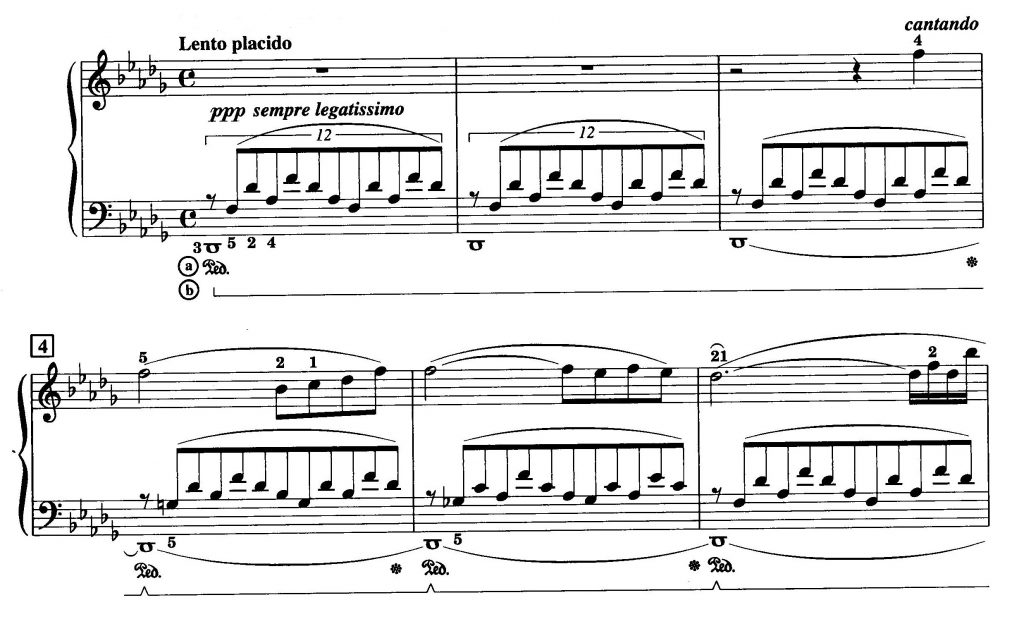Blending the sound, Liszt – Consolation nr. 3.
I’m still grateful my teacher at the Conservatory, Christopher Czaja Sager, “infected” me with the love for what we nowadays call the Romantic Pianists: Vladimir Horowitz, Shura Cherkassky, Josef Hofmann, Benno Moisewitch to name a few.
There are many interesting aspects to their way of playing like the use of rubato. But in this blog I would like to focus on the aspect that one would think to have top priority with every pianist but sometimes looks like it not always has: Sound, sound, sound.
Wizards of sound they were, with the technique but above all with the musical imagination to evoke the most exquisite sound palettes. And each time a little different because we humans áre different each time we play. And when we play a little different, the instrument responds with a somewhat different sound to which we then adapt our playing. Thus creating on the spot a fresh new version of that often played piece.
One of the sound effects I like most is what one might call “blending the sound”: the creative use of the pedal, both sustain and una corda. Slow pedaling, half pedal, techniques like that. Together with a pianist’s sensitive touch a wonderful almost magical sound can be created where boundaries blur. Between chords, each chord cross-fading into the next one. Between melody and accompaniment: the melody seems to melt with the chords being played .Or seems to emerge from out of the middle of those chords. Which, by the way, is something different altogether from playing the accompaniment too loud???? .
It makes one think of an aquarelle painting.
To demonstrate my experiments and studies in blending the sound I chose Liszt’s famous Consolation nr. 3, S.172. Because it’s a beautiful “Chopinesque” piece but also because it has some pedal issues coming out of the score. Like the first bars of the theme where the bass note is held while the chords change:

I’m not a sound engineer or physicist but I think blending the sound is an acoustic phenomenon which is produced by the interaction of overtones as a result of this kind of pedaling. Supporting this idea is the fact that my Bechstein responds quite differently when it just has been tuned. Even slightly of tune strings produce a different mixture of overtones. Also, on my digital piano blending doesn’t work even though it’s supposed to have a half pedal function. No interaction, no overtones game there.
Thinking about all this I’m reminded of a concert with Boris Berezovsky performing “Rach 3”. Together with the South Netherlands Philharmonic in Maastricht, The Netherlands. The grand piano was not, as usual, in front of the orchestra, lid open so the sound is directed towards the audience. No, the instrument was put in the middle of the orchestra, facing the audience, with no lid. The only reason I can think of is Berezovsky wanting to be “in the middle of the sound” of the orchestra, to be part of that sound not standing apart from it. So their sounds could melt, audible for him while playing.
It turned out to be a wonderful performance, a pity only I couldn’t see his hands.
I’m very curious to know what my fellow pianists think of this “overtones, blending the sound” idea. Looking forward to your comments!
PS 🙂 the Bechstein tapes blog: “the Rubato Story” will be published in the August 2020 issue of Piano Journal, a magazine by Epta, the European Piano Teachers Organization.
or
Mooie opname Paul! En leuk dat je blog gepubliceerd wordt.
Beautiful recording Paul! Nice that your blog will be published.
Beautiful, overtones clearly audible.
Impressing performance of this beautiful piece !